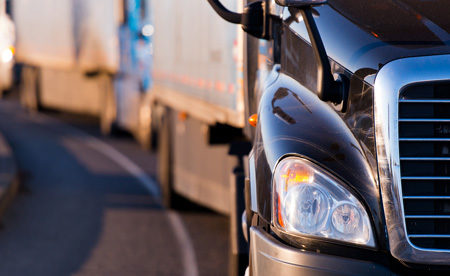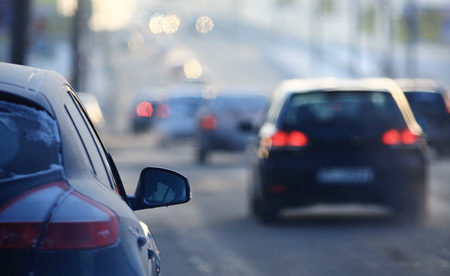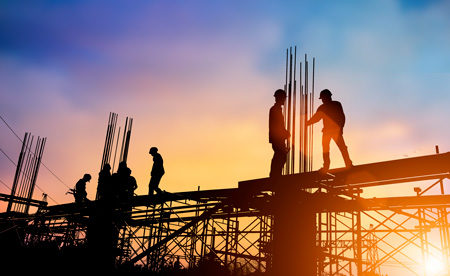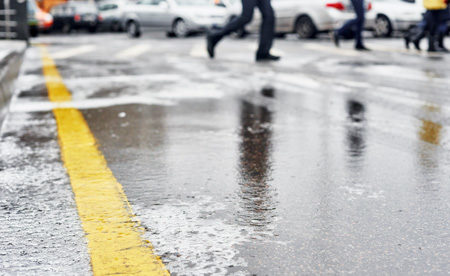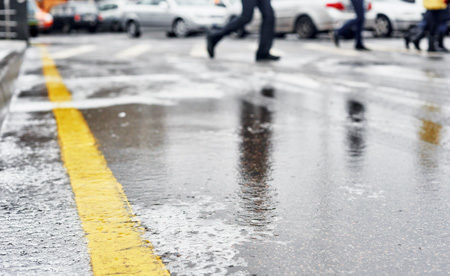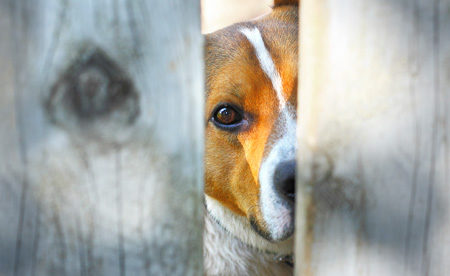When a tree falls in the forest and no one is around to hear it, is there a sound? What came first, the chicken or the egg? If a person is injured on someone else’s property, is the landowner liable?
I don’t know the answers to the first two questions, but I can confidently answer the third, and the answer is: “Definitely, maybe.”
The third question is one I’ve been asked dozens of times over the last twenty years. I’ve found that many people believe that the landowner is automatically liable for any injury that occurs on their property, but this is not always so.
Let’s delve a little more into these types of cases, which are commonly called “slip-and-falls” or “trip-and-falls,” also known as premises liability.
Whose fault is it, anyway?
Here’s the “Definitely” part: There are situations in which a landowner’s insurance company will pay the medical expenses up to a limited amount. This is called “medical payments coverage.” Most property policies have this coverage in limited amounts (e.g. up to $1,000, $5,000 or $10,000).
This coverage is paid without regard to fault. That means, if someone is hurt on your property – even if it’s that person’s fault – then the insurance company will pay for their medical bills up to that amount, but not any more than that.
But here’s the “Maybe” part: Indiana personal injury law requires that the injured person be classified as an invitee, licensee or trespasser, which breaks down as follows.
An invitee is a guest in your home or a customer in your store.
A licensee is granted permission to enter your property for a limited purpose (e.g. deer hunter).
A trespasser is—well, I think we all know what a trespasser is.
Most personal injury cases involve invitees. A property owner owes a standard of care to making sure their property is reasonably safe for invitees. This means ice and snow should be removed if invitees are expected, spills are cleaned up, and conditions on the property are safe.
Premises cases in retail stores
I have found that “slip-and-fall” or “trip-and-fall” cases in a retail store scenario provide the best example of how the law works.
Say, for instance, a customer is in a retail store and slips on a slippery substance in an aisle, falls, and breaks her arm. If the retail store has medical payments coverage under its liability insurance coverage, the medical bills of the customer are paid up to the limit.
However, the customer must prove liability to recover other damages (e.g. medical bills over the limit, lost wages, pain and suffering). The retail store’s duty is to provide a reasonably safe environment for its customers. Because retail stores literally spend millions of dollars on eye-catching displays in stores, it is reasonable to assume that customers will not always be looking at the floor for slippery substances.
But stores are not automatically liable. We still have to prove that the store knew of or should have known of the slippery substance on the floor. Stores meet this duty by having aisles inspected on a routine basis or having spills cleaned as soon as the report is made.
Protect yourself
If you find yourself in a trip-and-fall scenario, the best way to protect yourself is to gather as many details about the accident as you can. Take note of what hazard caused the injury, and identify any possible witnesses. Many people avoid gathering the details because they are embarrassed or they believe it was their own fault.
Last, but not least, please, make sure your own property is well maintained. Neither you nor anyone on your property should risk the consequences of a slip-and-fall accident.

